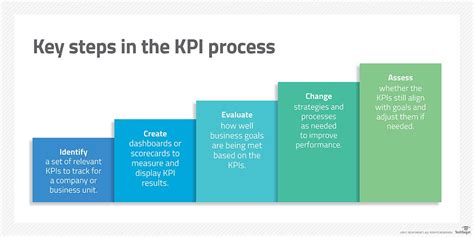How to Distinguish Real from Fake Products
1. What are the key indicators of a fake product?
Identifying fake products can be challenging, but there are several key indicators that can help you distinguish between genuine and counterfeit items. Here are some important factors to consider:
- Branding: Check for correct logos, spellings, and overall brand consistency.
- Packaging: Authentic products often have high-quality packaging with proper seals and labels.
- Price: If the price seems too good to be true, it probably is.
- Seller Reputation: Research the seller’s reviews and ratings.
- Return Policy: Genuine brands typically offer reasonable return policies.
When examining a product, start by analyzing the brand’s logo and any text. Look for typos, inconsistencies, or unusual fonts that might indicate a counterfeit. Authentic products usually maintain strict standards for their branding.
Next, evaluate the packaging. Genuine products often come in high-quality packaging that includes proper labels, barcodes, and seals. If the packaging looks cheap or poorly constructed, it could be a sign of a fake.
Price is another significant factor. If a deal seems too good to be true, it’s essential to proceed with caution. Research the average price of the product to determine if the price is within a reasonable range.
Always check the reputation of the seller. Use platforms like Trustpilot or Google Reviews to find feedback from other buyers. A seller with consistently poor reviews might be selling counterfeit products.
Finally, consider the return policy. Authentic brands tend to have clear and fair return policies. If the seller offers no returns or exchanges, it could be a warning sign.
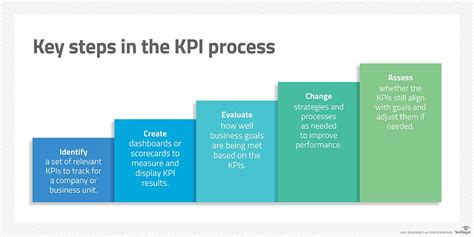
2. How can product serial numbers help in identifying authenticity?
Serial numbers can be a crucial tool in identifying whether a product is real or fake. They are unique identifiers assigned by manufacturers to each product, allowing for tracking and verification. Here’s how you can use them:
- Verification: Check the manufacturer’s website to see if the serial number is listed.
- Consistency: Ensure the serial number matches the format used by the brand.
- Documentation: Compare the serial number with the original purchase documents.
- Contacting Support: Reach out to customer service for confirmation of authenticity.
To verify a serial number, visit the official website of the product’s manufacturer. Many brands have verification tools or support pages where you can enter the serial number to check its authenticity.
Next, examine the format of the serial number. Genuine products usually follow specific patterns or formats that counterfeits might not adhere to. Research online for examples of valid serial numbers from the brand.
Documentation also plays a role. Ensure that the serial number matches the information on your purchase receipt or box. If there are discrepancies, it could be a red flag.
If you’re still uncertain, don’t hesitate to contact the manufacturer’s customer support. They can provide guidance and confirm whether your product is authentic based on its serial number.
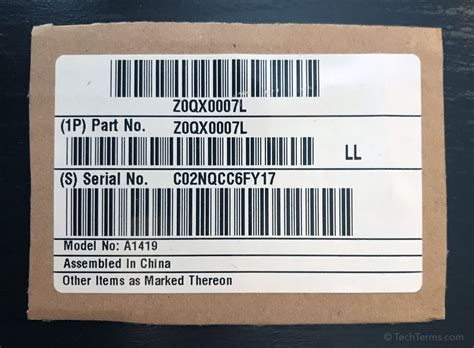
3. What role do reviews play in assessing product authenticity?
Product reviews can offer valuable insights into the authenticity of items. Here’s how to leverage reviews when distinguishing real from fake products:
- Overall Ratings: Look for products with high ratings from verified purchasers.
- Detailed Feedback: Read through comments for mentions of authenticity issues.
- Reviewer Profiles: Check if the reviewer has a credible profile or history of genuine reviews.
- Response to Complaints: Observe how the seller responds to negative feedback.
When evaluating a product, start by looking at the overall ratings. A high rating with numerous reviews is generally a good sign, especially if the reviews are from verified purchasers.
Dive deeper into the comments section. Look for any mentions of authenticity issues or problems encountered by previous buyers. Genuine products typically do not have many complaints about being counterfeit.
Consider the reviewer’s profile. A reviewer with a history of reviewing genuine products and providing thoughtful feedback is more reliable than someone with a single vague review.
Finally, assess the seller’s responses to negative feedback. A seller who acknowledges issues and offers solutions is more likely to be trustworthy than one who ignores complaints.
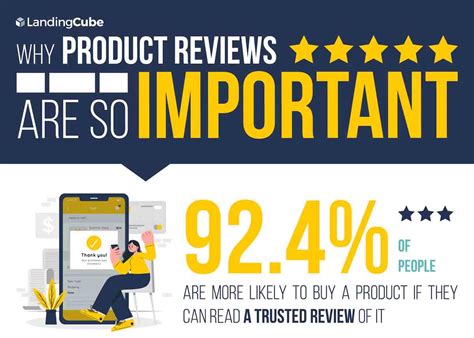
4. How can I use online resources to verify product authenticity?
The internet is a powerful tool for verifying product authenticity. Several online resources can assist you in this process:
- Official Brand Websites: Use them for verification tools and information.
- Consumer Forums: Participate in discussions about specific products.
- Review Websites: Check aggregated reviews for insights on authenticity.
- Social Media: Follow brands for updates and alerts about counterfeit products.
Start by visiting the official website of the brand. Many companies offer verification tools where you can check if your product is genuine based on the serial number or purchase details.
Consumer forums can also be helpful. Join discussions on platforms like Reddit or specialized forums where users share their experiences and tips regarding product authenticity.
Look at review websites that aggregate customer feedback. These platforms often highlight counterfeit issues with certain products, allowing you to make informed decisions.
Lastly, follow brands on social media. Many companies post updates about counterfeit alerts, helping consumers stay informed about potential scams.
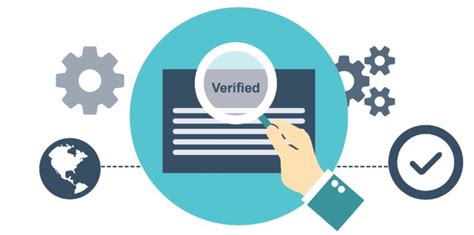
5. What are the common signs of counterfeit electronics?
Counterfeit electronics can be particularly dangerous due to safety risks. Here are common signs to look out for:
- Inconsistent Branding: Check for logo misprints or unusual designs.
- Build Quality: Inspect the material quality; counterfeits often use cheap materials.
- Missing Certifications: Authentic products usually come with safety certifications.
- Poor Performance: If the product doesn’t perform as expected, it could be fake.
When purchasing electronics, pay attention to the branding. Any inconsistencies or errors in the logo can be a red flag.
Next, evaluate the build quality. Genuine electronics are made from durable materials, while counterfeit versions may feel flimsy or poorly constructed.
Safety certifications are crucial for electronics. Check for marks from recognized safety organizations; their absence may indicate a counterfeit product.
Finally, monitor the product’s performance. If it consistently underperforms or has issues, it’s worth investigating further to determine authenticity.
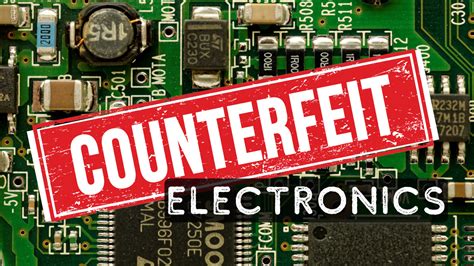
6. How does packaging differ between real and fake products?
Packaging can be a significant indicator of product authenticity. Here’s what to look for:
- Quality of Materials: Genuine products use high-quality packaging materials.
- Print Quality: Look for sharp, clear text and images.
- Seals and Labels: Authentic products often have tamper-proof seals.
- Inclusion of Inserts: Check for warranty information and manuals.
First, assess the materials used in the packaging. Genuine brands invest in high-quality materials, while counterfeit packaging may feel cheap or flimsy.
Next, examine the print quality. Authentic packaging should have sharp, clear text and images without smudges or blurriness.
Look for tamper-proof seals or labels. Many brands use unique seals that indicate authenticity and ensure product integrity.
Finally, check for the inclusion of inserts such as warranties or user manuals. Genuine products typically come with these additional materials, while counterfeits may not.
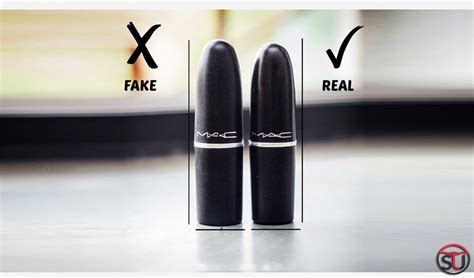
7. What are the risks of purchasing fake products?
Purchasing fake products can lead to several risks, including:
- Financial Loss: Counterfeit products often lack value and can be a waste of money.
- Safety Hazards: Many fake products, especially electronics, can pose safety risks.
- Lack of Warranty: Counterfeit items usually don’t come with warranties.
- Legal Issues: Buying counterfeit products may lead to legal repercussions.
First and foremost, there is a significant financial risk. Counterfeit products typically have little resale value and can lead to complete loss of your investment.
Safety hazards are particularly concerning, especially for electronics. Counterfeit devices may not adhere to safety standards, potentially causing injuries.
Additionally, counterfeit items often do not come with warranties or guarantees, leaving consumers with no recourse if the product fails.
Finally, there could be legal repercussions for purchasing or selling counterfeit products, depending on local laws and regulations.
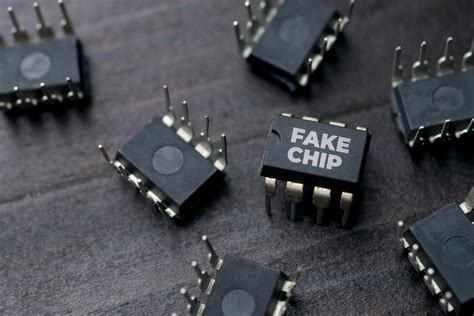
8. How can I report counterfeit products?
If you encounter counterfeit products, it’s important to report them. Here are steps to take:
- Contact the Brand: Reach out to the manufacturer to inform them.
- File a Report: Use online forms to report counterfeit products to authorities.
- Notify the Marketplace: Alert platforms where you found the counterfeit items.
- Spread Awareness: Share your experience to educate others.
Start by contacting the brand directly. Most manufacturers appreciate feedback and will take action against counterfeiters.
Next, file a report with the relevant authorities. Many countries have dedicated forms for reporting counterfeit goods.
If you found the counterfeit item on a marketplace, notify them as well. Platforms like eBay and Amazon often have policies to deal with counterfeit listings.
Finally, consider sharing your experience on social media or forums. Raising awareness can help prevent others from falling victim to counterfeit products.
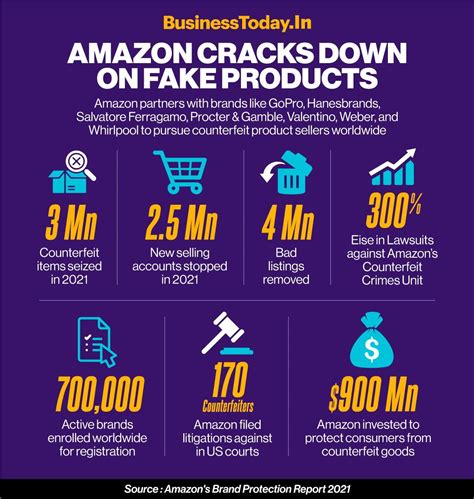
9. What should I do if I suspect I’ve bought a fake product?
If you suspect you’ve purchased a fake product, take the following steps:
- Stop Using the Product: If it’s an electronic item, avoid using it until verified.
- Check for Receipts: Gather your purchase documentation.
- Reach Out to the Seller: Contact them to discuss your concerns.
- Seek Verification: Use brand resources to confirm authenticity.
First, cease using the product, especially if it’s an electronic item. This can prevent potential safety hazards.
Gather all relevant purchase documentation, including receipts and order confirmations, as they may be necessary for any claims.
Next, reach out to the seller. A reputable seller should be willing to address your concerns and offer a solution.
Finally, utilize brand resources to verify the product’s authenticity. If it turns out to be counterfeit, follow the reporting steps mentioned earlier.
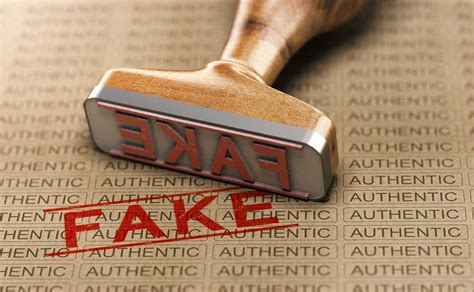
10. How can education help in preventing counterfeit purchases?
Education plays a vital role in preventing counterfeit purchases. Here’s how:
- Awareness Campaigns: Brands can run campaigns to educate consumers.
- Informative Resources: Providing guidelines on how to spot fakes.
- Workshops: Hosting workshops to educate about authenticity.
- Online Courses: Offering courses that teach consumers about counterfeit risks.
Brands can initiate awareness campaigns to inform consumers about the dangers of counterfeit products and how to recognize them.
Creating informative resources, such as blogs or pamphlets, can help consumers learn how to spot fakes and understand the risks associated with them.
Workshops can provide a hands-on approach to educating consumers about authenticity, allowing them to ask questions and gain insights directly from experts.
Lastly, offering online courses can be an effective way to educate a broader audience about counterfeit risks and product verification techniques.
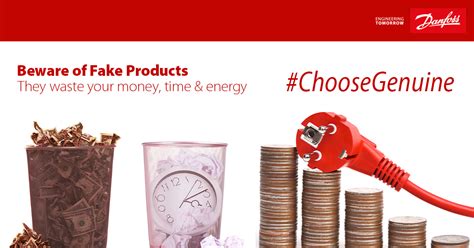
Summary Table
| Indicator | Description |
|---|---|
| Branding | Check for logo consistency and correct branding. |
| Packaging | Examine the quality of packaging materials and design. |
| Price | Be cautious of deals that seem too good to be true. |
| Seller Reputation | Research seller ratings and reviews. |
| Return Policy | Look for clear return and warranty information. |
FAQ
1. What should I look for to identify a fake product?
Check branding, packaging quality, price, seller reputation, and return policies.
2. Can serial numbers help verify authenticity?
Yes, you can verify serial numbers on the manufacturer’s website.
3. How do reviews indicate product authenticity?
High ratings and detailed feedback can suggest authenticity.
4. What online resources can I use for verification?
Official brand websites, consumer forums, and review websites are helpful.
5. What signs indicate counterfeit electronics?
Inconsistent branding, poor build quality, and missing certifications are key signs.
6. How can I report counterfeit products?
Contact the brand, file a report, notify the marketplace, and spread awareness.
7. What to do if I suspect I bought a fake product?
Stop using it, gather documentation, contact the seller, and seek verification.

